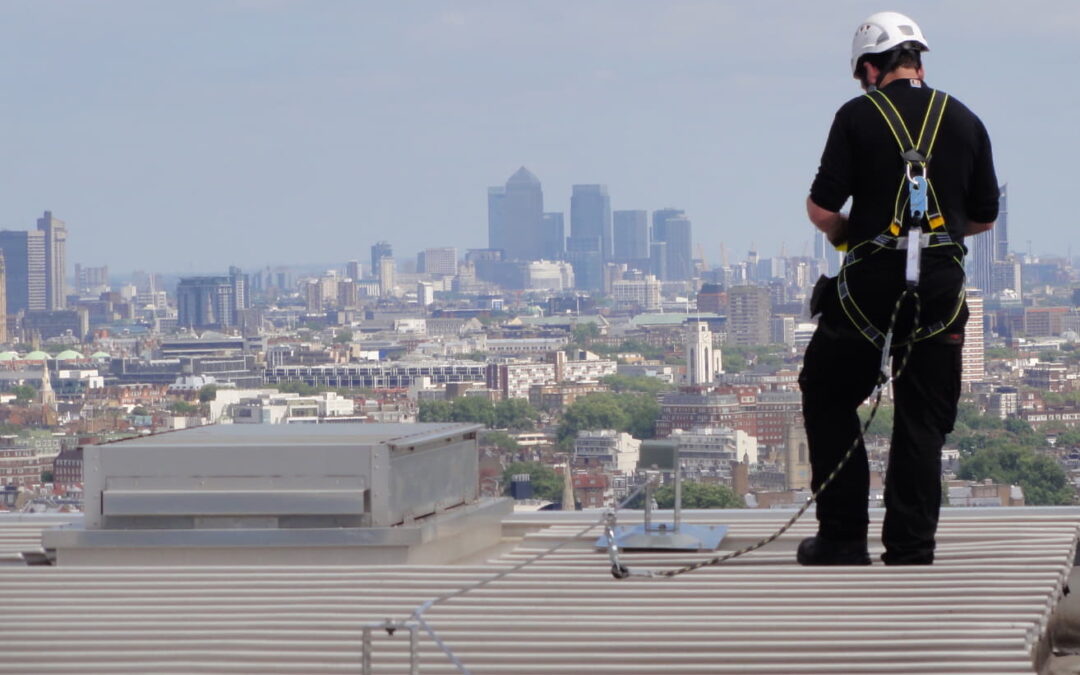In environments where the risk of falls is elevated, ensuring the safety of workers must be a paramount concern. Various industries, including construction, maintenance, and even certain manufacturing sectors, often require employees to work at heights. This necessitates not only comprehensive training and protocols but also the adoption of specialized safety gear designed to prevent accidents before they occur. Among these, fall restraint equipment plays a critical role, offering both protection and peace of mind for those working in precarious positions.
Understanding Fall Restraint Systems
At its core, this type of safety equipment is engineered to keep workers securely anchored, thereby preventing them from reaching a point where a fall could occur. Unlike fall arrest equipment, which catches a worker after a fall has begun, these preventive measures aim to eliminate the risk of a fall altogether. This distinction is crucial, as it shifts the focus from mitigating the consequences of a fall to preventing one from happening in the first place.
The Importance of Prevention
By implementing effective preventive measures, businesses can significantly reduce the risk of accidents, which in turn minimizes potential injuries, legal liabilities, and costly downtime. Moreover, a strong commitment to safety can enhance employee morale and productivity, as workers feel valued and protected.
Selecting the Right Equipment
Choosing the appropriate safety gear requires a thorough understanding of the specific risks and conditions of each work environment. Equipment such as harnesses, anchor points, and horizontal lifelines must be carefully selected and properly fitted to ensure maximum effectiveness and comfort.
Maintenance and Inspection
To maintain their reliability, these systems need regular inspection and maintenance. Wear and tear, environmental factors, and even improper storage can compromise the integrity of safety equipment. Establishing a routine for checking and servicing this gear ensures that it remains in optimal condition and continues to provide the necessary level of protection.
Fostering a Culture of Safety
Ultimately, the effectiveness of fall restraint systems and other safety measures depends on fostering a culture of safety within the workplace. This involves not only providing the right tools and training but also encouraging open communication about safety concerns. When employees feel empowered to speak up about potential hazards, the entire organization benefits from increased vigilance and a shared commitment to preventing accidents.
In conclusion, the implementation of fall restraint equipment in high-risk environments is an essential component of workplace safety. By proactively preventing falls, these measures not only protect employees but also contribute to the overall success and sustainability of the business.
